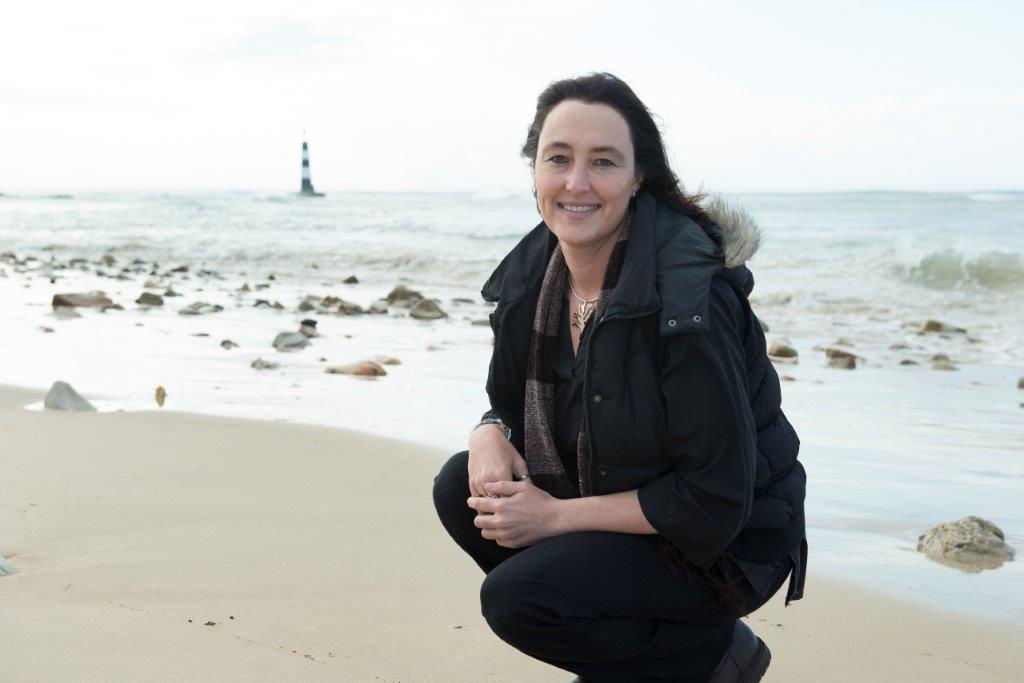The populations of many of South Africa’s important coastal fishes have collapsed, with less than 20% left of the pristine stock available before major fishing took place.
As a rule of thumb, only 0.1% of a spawning batch of most fish species will survive to adulthood. There is also excessive fishing in the nursery areas - shallow water areas and estuaries – that are targeted by recreational fishers and anglers.
The main migrant species are our most popular angling species such as spotted grunter, dusky cob, elf/shad and common breams. Other migrants are species like sardine.

Inspiration at a traffic light
Prof Strydom, of Nelson Mandela University’s zoology department, was in her car at a traffic light in Nelson Mandela Bay when she heard news on the radio that inspired her to conduct ground-breaking research into spawning migration.
It was October 2017. Two shipping vehicles had collided in Durban Harbour and millions of nurdles had washed onto beaches along the KwaZulu-Natal coast.
In the radio programme, citizens were asked to collect and report on these 3.5mm round plastic pellets (used in the manufacture of plastic products) wherever they found them. The dispersion ultimately extended over 2000km of the South African coastline in a period of eight weeks.
“In that moment I realised we could use this nurdle spill event to run a free dispersal experiment on ocean connectivity between KwaZulu-Natal and the southern Cape coast. We could then apply this to the manner and speed in which fish eggs and larvae of various species move between the subtropics and temperate waters,” explains Prof Strydom.
The fact that the spill happened in October, the same period in which the fish spawn in these waters, presented a unique research opportunity.
Prof Strydom collaborated with Oceanographer Dr Eckart Schumann at the Department of Geosciences, in the Institute for Coastal and Marine Research, to model the transport of the nurdles down the coast.
Novel research isn’t always about ‘big science’
“The research cost nothing, just ideas and expertise,” says Prof Strydom. “Many of our fish species migrate to KwaZulu-Natal to spawn. There is very little information about what happens to the eggs and larvae in the Agulhas Current.”
Favourable winds
The modelling showed that if the wind is blowing offshore, anything spawning in Durban harbour could be in the Agulhas Current off Durban within three days. If the winds turn to onshore, surface water moving from the Agulhas Current can return within a week to shore off the Eastern Cape, carrying the fish larvae, which can then swim into estuaries.
As a result of the research, two papers were published in peer-reviewed journals, one in 2019 in the South African Journal of Science and the other in 2020 in Estuarine, Coastal and Shelf Science.
Other factors
“What we also need to look at,” says Prof Strydom, “is how various fish species gather before migrating, often in estuaries. The social behaviour of fish has not been taken into consideration with regard to migration. Also key, is that the older the fish get, the more eggs they produce. Mature fish are the best spawners and protecting them is absolutely critical.”
There is huge value in establishing Marine Protected Routes in addition to Marine Protected Areas. “This is to create a series of corridors to protect the spawning migrations of various fish species as many are caught during their migrations.”